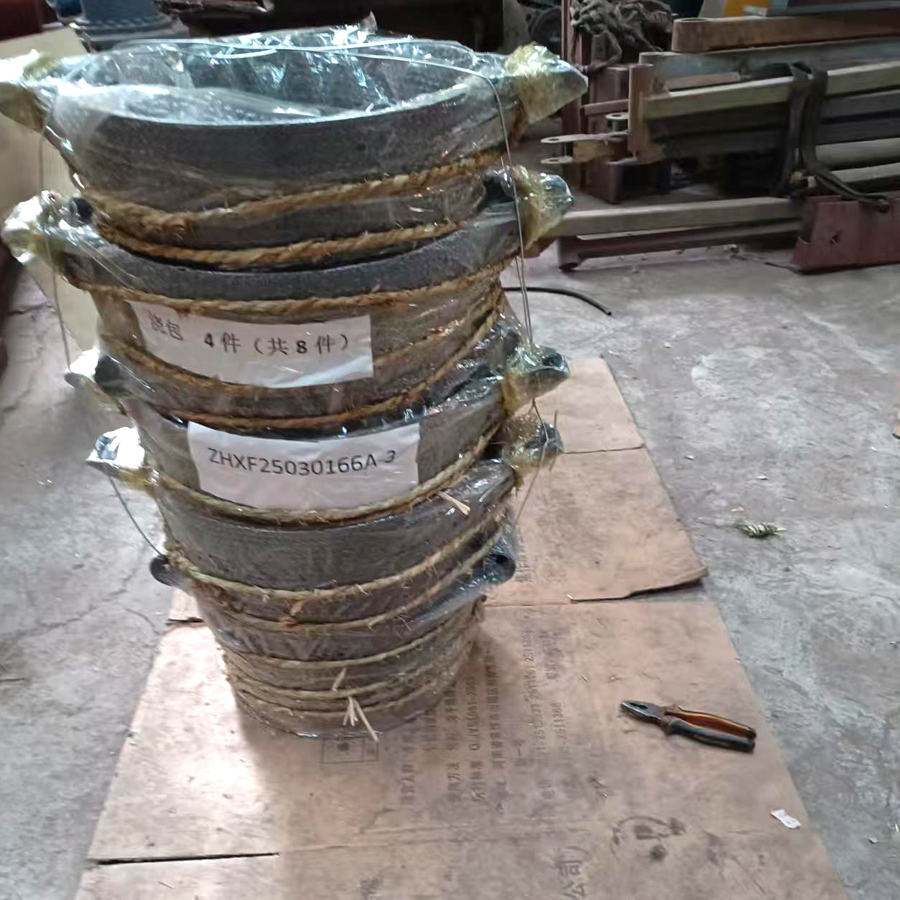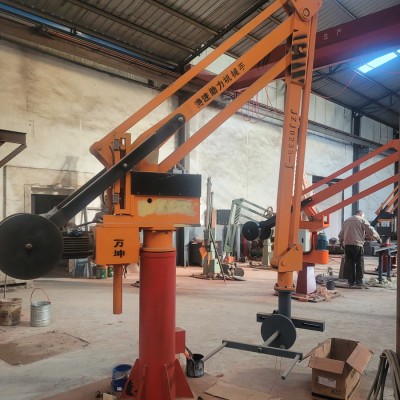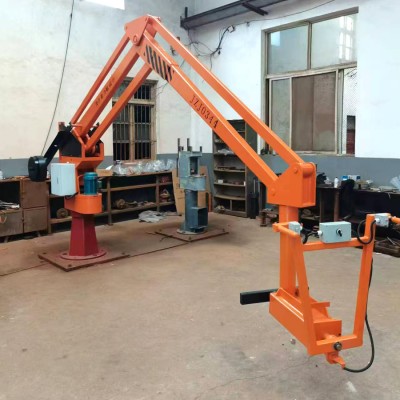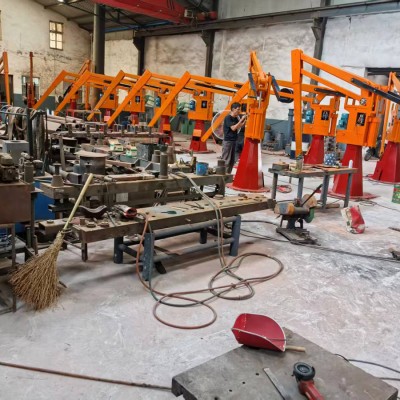Casting manipulator Ladle Functions and types
In a foundry, the Ladle of the Casting manipulator (referring to the automated pouring equipment) is a key component of the end effector of the manipulator. As a component for receiving, transporting and pouring molten metal, it directly affects the safety, stability, accuracy and final casting quality of the entire automated pouring process.

Function of the ladle
Safely accommodate and transport high-temperature molten metal from the smelting furnace to the mold sprue cup..
A suitable ladle helps to maintain the molten metal within the ideal pouring temperature range.
Manipulator precisely controls the flow rate of molten metal and the pouring process by adjusting the inclination Angle and angular velocity of the ladle. The structure of the ladle directly affects the response speed and accuracy of this control.
Effectively separate the slag from the molten metal to reduce defects such as inclusions. Improve the quality of castings and reduce waste.
Reduce manual operations to lower the risk of burns and accidents. The automated system can operate continuously, increasing the normal operating time of the production line.

Casting Ladles are classified by structural
Ordinary ladle pouring
It has a simple structure, no slag blocking device, and requires manual slag blocking. It is suitable for small castings or low-precision production.
Tea Pot Ladle
There is a slag retaining wall inside the ladle, and the iron outlet is led out from the bottom of the ladle side. During pouring, the molten slag is trapped inside the ladle, reducing slag inclusion defects. It is often used for cast steel parts or high-demand cast iron parts.
Bottom-Pouring Ladle
The metal liquid can be controlled to flow out through the plug rod holes at the bottom of the package. It has good slag removal performance and can greatly improve the purity of the castings. It is suitable for casting steel parts and steel ingots, but it is necessary to prevent the vortex from sucking in the slag.
Ladle Selection Criteria:Production Scale
| Small foundries (output < 1 ton/day) | Select a 0.5-1 ton ladle |
| Medium foundries (output 1-5 tons/day) | Select a 2-3 ton ladle |
| Large foundries (output > 5 tons/day) | Selecta5-10tonladle |
Technical Specification
Capacity and size
The module for one pour should be selected based on the weight, size of the casting and the production rhythm.
Formula: Ladle capacity = Weight of a single casting × number of castings in the same batch × Safety factor (usually 1.2-1.5).
Structural type
The specially designed ladle features reinforced ear shafts (clamping points), precise center of gravity positioning and optimized tilting characteristics, which are the keys to stable and precise control.
Tilt mode and drive
It must be perfectly matched with the driving mode (hydraulic, servo electric) of the Pouring equipment end effector. The connection interfaces should be fast, secure and precisely aligned.
Selection of refractory materials
It affects the insulation effect, service life, maintenance cycle and cost. Good thermal insulation is crucial for long-term pouring.
Security and Maintenance
Safety comes first. The ladle designed specifically for Pouring Manipulator is reinforced at key stress points and splash-proof devices are added. Easy maintenance can reduce downtime.





